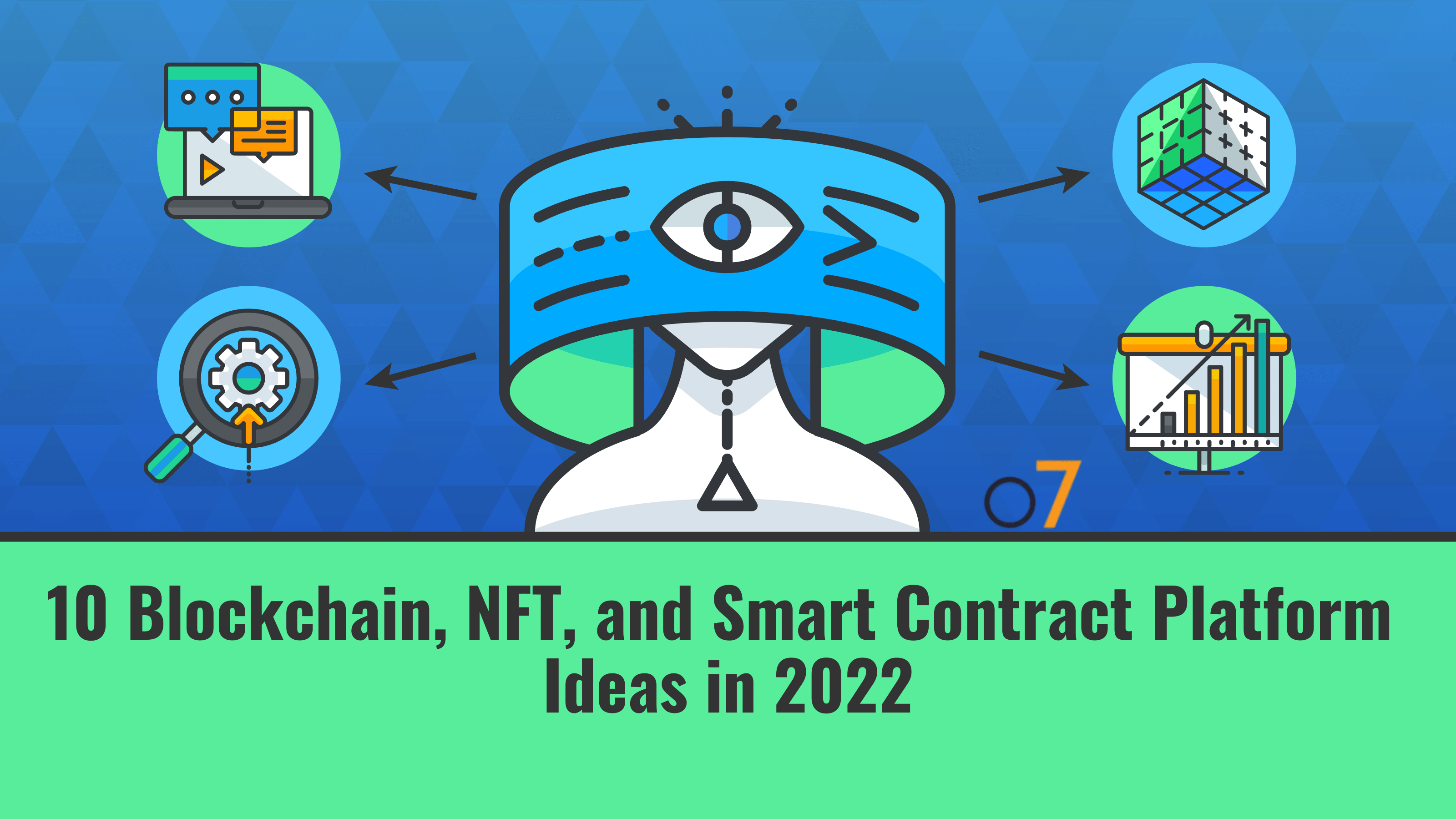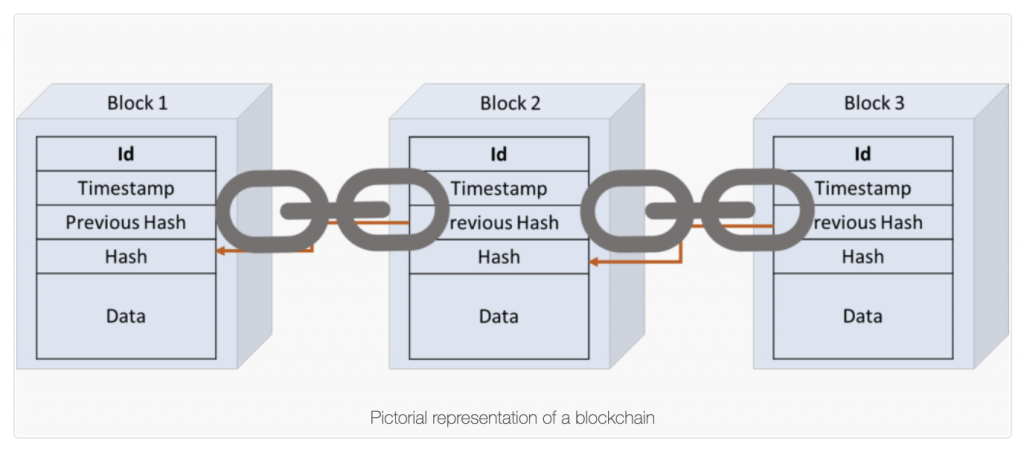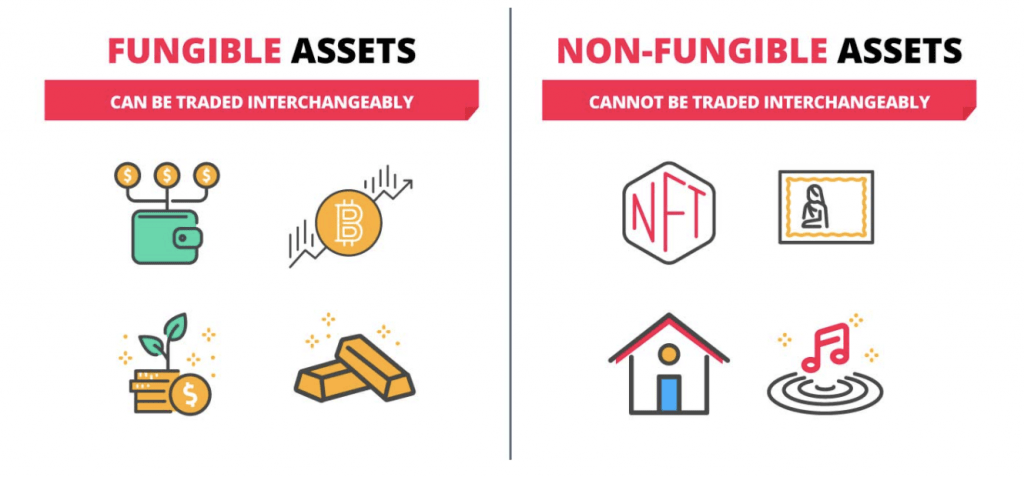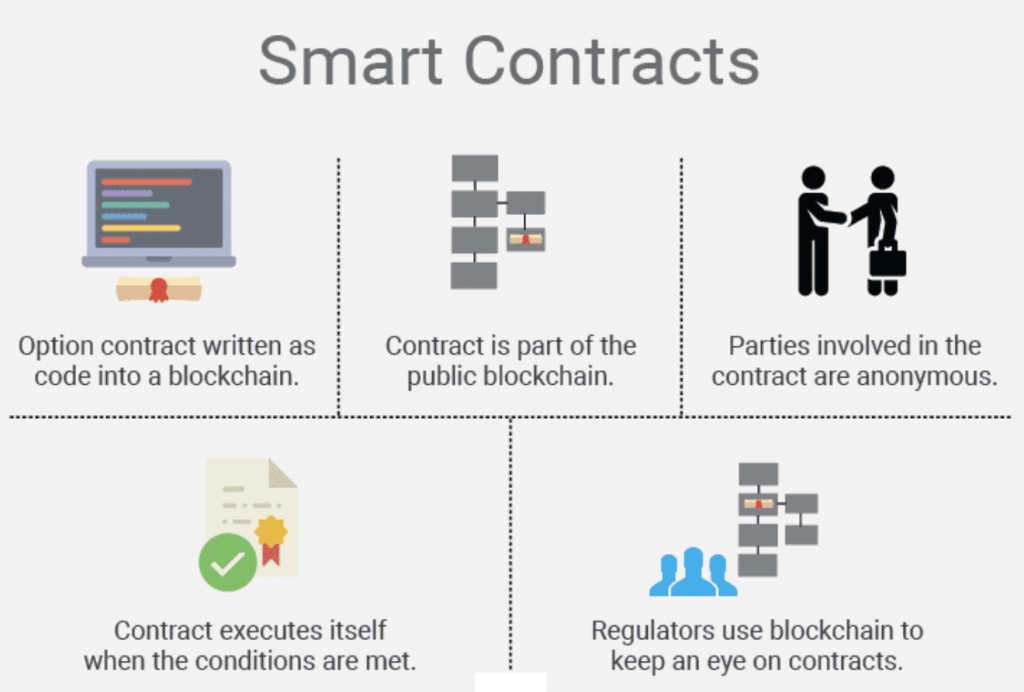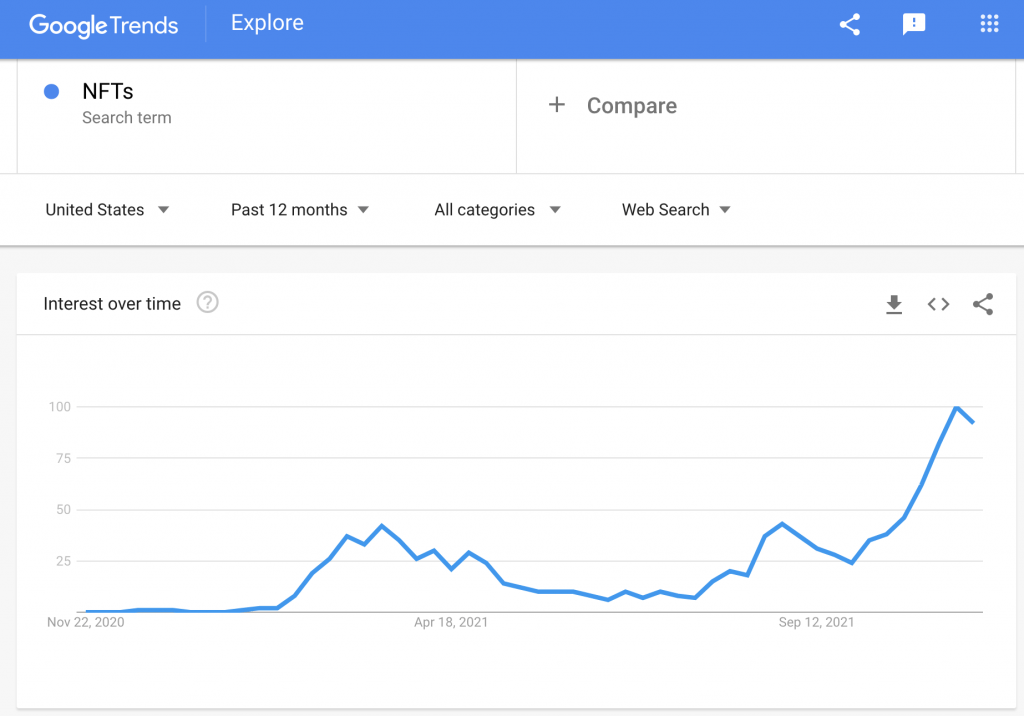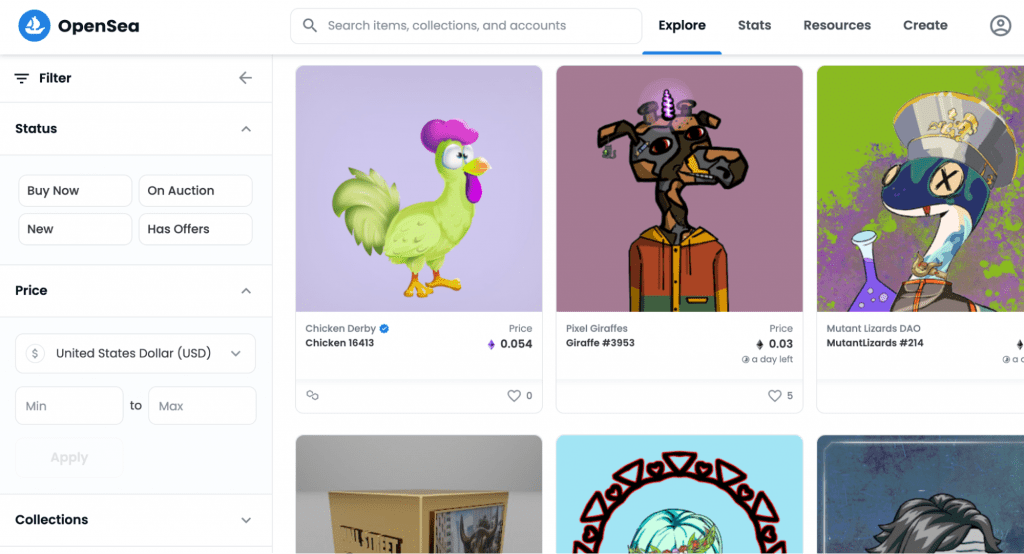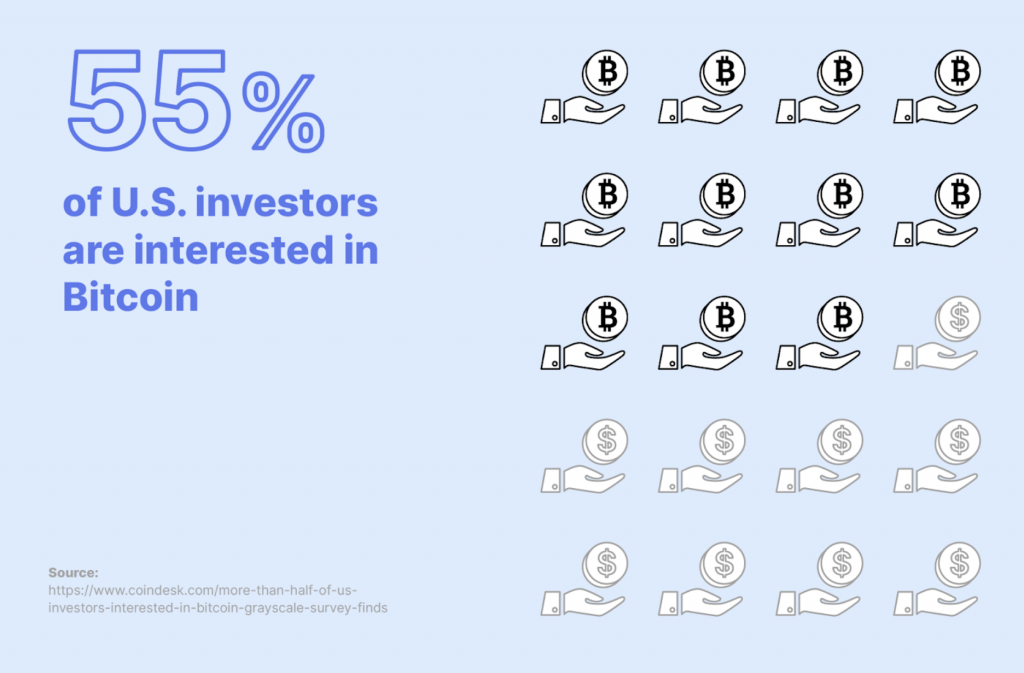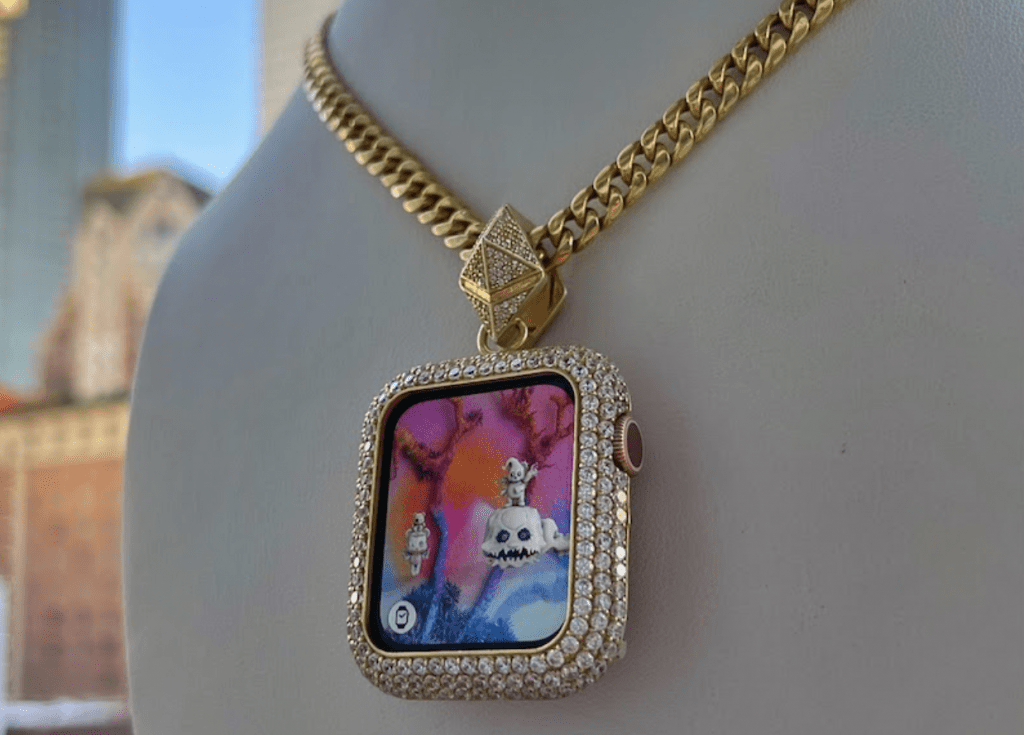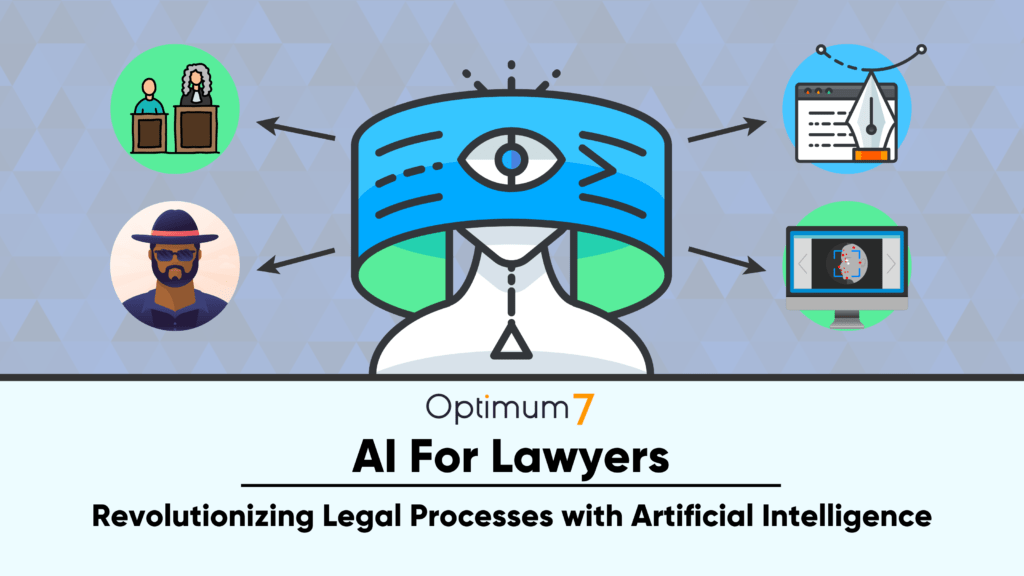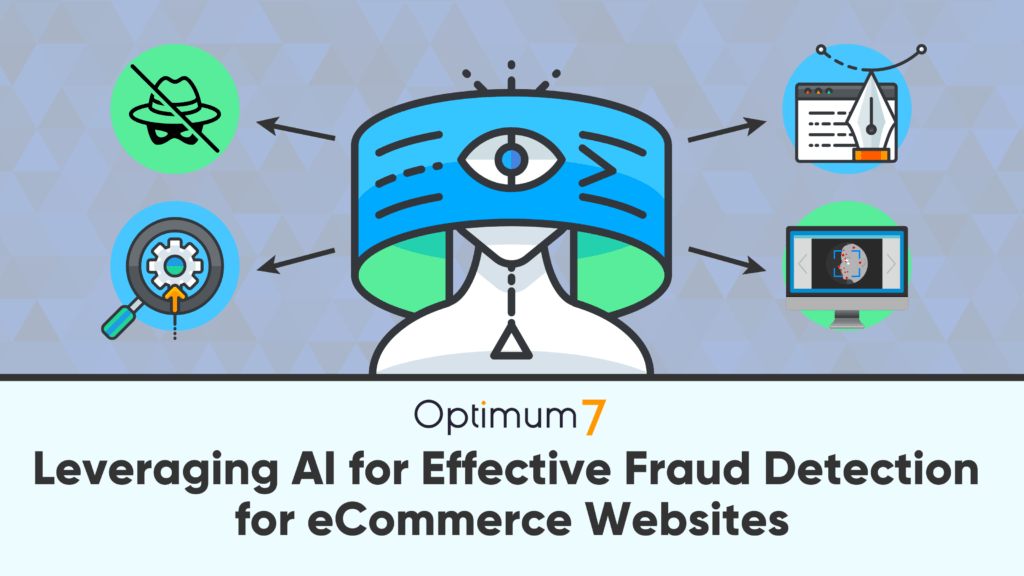Blockchain technology has opened the doors for new opportunities such as NFTs. If you’re an entrepreneur or business-minded individual, there are tons of ways to make money in the coming years.
How can you make money with blockchain, NFTs, and smart contracts?
You’ve come to the right place. After extensive research on blockchain trends and NFT trends, I’ve narrowed down the top business ideas for the coming year. Whether you’re starting a new business from scratch, trying to expand your current operation, or just looking for a side-hustle, this in-depth guide has something for everyone.
Blockchain, NFTs, Smart Contracts, and Solidity Programming Explained
Before we dive deep into the specific ideas and trends, I want to make sure you have a firm understanding of these concepts and terms. As you’ll see below, each of these terms is related to the other.
What is Blockchain?
Blockchain is a distributed database that stores electronic data. The database is shared with nodes of a computer network.
This technology is best known for its role in cryptocurrency transactions. Blockchain maintains a secure and decentralized transaction record for Bitcoin, ETH, Litecoin, Dogecoin, and other cryptocurrencies. Blockchain offers security and trust for these transactions without the need for a third-party facilitator.
The biggest difference between blockchain and other databases is the structure of the data. Blockchain gathers data in groups known as “blocks” (hence the name). Each block has a specific storage capacity. Once the capacity is full, the block is closed and linked to the block that was filled previously with a secured hash. This creates a chain of data known as a “blockchain.”
The data structure of a blockchain establishes an irreversible timeline of information. Once a block is filled, it’s set in stone with a timestamp of when it was added to the chain.
Here’s a visual representation of what this looks like:
What Are NFTs?
NFT is an acronym that stands for “non-fungible token.” In simple terms, this means that the token is unique and irreplaceable.
For example, let’s say you have a one-of-a-kind trading card, like a rare Pokemon card or rookie baseball card. Both of these are non-fungible. You could trade one card and receive a completely different trading card in return. On the flip side, something like Bitcoin is considered fungible. If you trade one Bitcoin for another, you’ll receive the exact same thing in return.
NFTs were first launched on the Ethereum blockchain in 2015. The vast majority of NFTs are still part of this blockchain.
Anything digital can be considered an NFT. This includes music, drawings, or digital art. NFTs exploded in popularity over the last year as people started to invest in digital art.
NFTs are designed to give ownership to people through the blockchain. Other people can still download or copy the file, but the ownership rights don’t come with a copy. To give you an analogy, anyone can buy a Pablo Picasso print. But you can’t duplicate an original—only one person can own and possess this.
What Are Smart Contracts?
Smart contracts are self-executing agreements with terms between a buyer and seller written directly into lines of code in a blockchain. The agreement permanently exists on a distributed and decentralized network.
Once executed, the code in a smart contract is irreversible and trackable.
Smart contracts are designed to allow agreements between anonymous parties without requiring a legal system, third party, or central authority.
These contracts work by following simple “if/when then” statements into the code of a blockchain. For example, smart contracts can be used to buy and sell NFTs.
To be clear, a smart contract is not the same as an e-signature or an electronic contract. While some e-sign platforms dabble in blockchain, a basic digital contract executed via DocuSign, HelloSign, Adobe Sign, Signeasy, or a similar platform is not the same as a smart contract.
What is Solidity Programming?
Solidity is an object-oriented programming language that’s used to implement smart contracts. It’s a curly bracket language that’s influenced by other programming languages like JavaScript, Python, and C++.
So if you understand JavaScript, it should be fairly easy for you to pick up Solidity.
The Solidity programming language can be used to create contracts for things like blind auctions, votes, crowdfunding, and multi-signature digital wallets. As a statically-typed programming language, users must specify each variable.
The Ethereum Virtual Machine (EVM) makes it possible to execute code written in Solidity. The EVM is a virtual computer that turns ideas into code in the Ethereum blockchain.
Top 10 Ideas For Blockchain, NFTs, and Smart Contracts Using Solidity Programming in 2022
Now that you have a firm grasp of these concepts and how they work, it’s time to take a closer look at the best ideas for Blockchain, NFT, smart contracts, and Solidity programming:
Idea #1 — Start an Online Course
There is a ton of public interest in blockchain and NFTs. Smart contracts and Solidity programming are trending upward as well. As these concepts continue to rise in popularity, there’s a growing demand in education for them.
If you understand how NFTs and blockchain work at a high level, you can create an online course to share your knowledge.
It’s always in your best interest to follow the trends, and this idea combines two of the biggest trends right now. First, just look at the Google Trends data for NFTs over the past year:
Now let’s combine that with the e-learning trends. Research suggests that the e-learning market is expected to grow at a compound annual growth rate (GAGR) of 21% between now and 2027.
This exponential increase is proof that there’s a growing demand for online education.
There are lots of existing platforms out there that you can use to create your own courses online. Some popular options include Kajabi, Teachable, LearnDash, Podia, and Thinkific. You can use these to sell online courses and memberships to people who enroll in your courses.
Idea #2 — Create an NFT Marketplace
Another way to profit from blockchain, NFTs, and smart contracts is by running your own NFT marketplace. Again, as NFTs continue to grow in popularity, there’s a demand for people to buy and sell these digital assets.
Unlike cryptocurrency, NFTs cannot be traded directly on a crypto exchange. Buyers and sellers need a platform to facilitate these transactions.
Enter NFT marketplaces.
An NFT marketplace works just like an online store or eCommerce shop. Here’s an example of OpenSea’s interface—an existing NFT marketplace:
Your NFT marketplace should include similar features to a traditional eCommerce site. You need to have search capabilities, products, prices, descriptions, ratings, reviews, digital wallets, and more.
With NFTs, you could also include a trading history on your marketplace.
Similar to traditional art, the auction method is a popular way to buy and sell NFTs online. Famously, the NFT CryptoPunk #7523 sold for $11.8 million at auction. Twitter founder, Jack Dorsey, sold his first tweet as an NFT for $2.9 million. Other high-priced NFTs like Disaster Girl, Overly Attached Girlfriend, and Charlie Bit Me have sold between $400,000 and $761,0000.
Like any online marketplace, you can make money by charging transaction fees from NFT auctions.
Idea #3 — NFT Lending and Borrowing Platforms
There’s a huge opportunity for decentralized lending platforms using NFTs as collateral. Think of it like this. An NFT is like any other asset, only digital.
People can borrow against things they own like their house, business, car, or portfolio. But a traditional lender like a bank or credit union likely won’t accept NFTs as collateral for a loan. That’s where you can come in.
There are already NFT loan platforms out there that show proof of concept for this idea. For example, someone secured a loan worth roughly $1.42 million on NFTfi, a popular lender using NFTs as collateral.
Like any other lending business model, you can make money by charging borrowers interest on their loans. If they fail to make payments and default on the loan, you can take their non-fungible tokens.
If you’re not comfortable lending the money yourself or raising the type of capital required to issue loans, you can also establish a P2P lending platform for NFTs. In this case, borrowers can request a loan amount that will be issued by peer lenders. Your site can make money by taking a percentage of the money changing hands without the liability of an outstanding loan.
Idea #4 — Become an NFT Artist
If you’re creative and like the idea of creating digital art, you can create NFTs and sell them online. There’s a huge demand for NFTs right now, and as we’ve previously discussed, some are selling for millions.
With that said, there’s no guarantee that your NFT art will sell for anything near that price. Competition is high, and lots of other people are trying to make money in this space.
Try to be as creative as possible. Rather than trying to replicate the styles of existing NFTs, you can carve out a niche of your own. Like any other artist, you should look for meaning in your work and make it something you’re proud of.
Could you throw something random together with no design experience? Sure. Can your NFT sell for millions? It’s possible.
But realistically, I’d only recommend this idea for someone with an artistic or creative background. A savvy entrepreneur that just wants to make a quick buck might not have as much success in this space. Plus, it can be frustrating if your NFTs aren’t selling.
Idea #5 — Digital Investment Advisory Services
There’s a growing demand for financial advisory services in the NFT and cryptocurrency space.
Many people rely on financial advisors before they make a big purchase or investment. Whether they’re investing in real estate, businesses, or the stock market, advisors can steer them in the right direction with which assets to purchase and how to diversify portfolios.
This same concept can be applied to digital investments, like cryptocurrencies and NFTs.
Should you buy Bitcoin? Should you buy Dogecoin? Is ETH a good investment?
Lots of people have these types of questions. You can offer advisory services to steer them in the right direction. You can even help your clients make decisions on whether or not it’s smart to buy, sell, or invest in NFTs.
More than half of US investors are interested in Bitcoin.
So there’s already an existing market for these services. These are real investors looking to make money with Bitcoin and diversify their portfolios with cryptocurrency. The demand will most certainly increase in the coming years.
Idea #6 — NFT Wearables
It may sound a bit far-fetched, but people are already making money with NFT wearables. Devices that display NFTs could be a profitable fashion trend in the coming years.
A young entrepreneur named Eduardo Jaramillo, also known as the NFT Jeweler, uses an Apple Watch to display NFTs on a chain.
The concept has already taken off with celebrities, like DJ Steve Aoki.
But not every NFT wearable needs to be a gold and diamond necklace. These wearables can be more practical as well, with something as simple as a keychain.
Depending on the market you want to target, there are a few ways to approach this business model. You could look for existing NFT owners that want to show off what they own. You can also make or buy your own NFTs and put them on wearables to sell.
Idea #7 — NFT Museums
Let’s stick with the concept of digital displays for NFTs. Rather than looking at these digital assets on a small screen like an Apple Watch, consider how they would look on a TV screen or movie theater-sized screen.
This is unchartered waters right now, but there could be a massive opportunity for NFT museums.
An NFT museum combines the ideas behind digital and traditional art. The NFT is still a digital token on a blockchain that’s bought and sold through smart contracts and Solidity programming. But those assets can be displayed in person, similar to a traditional art museum.
There’s obviously a bit more overhead that goes into this type of venture. The in-person requirements also go against the main idea behind digital art and digital transactions. But it’s still a viable business idea for 2022 and beyond.
Idea #8 — Smart Contract Supply Chains
In addition to cryptocurrency and NFTs, smart contracts can be used for other use cases. Supply chains can definitely benefit from this type of technology. Here’s how it would work.
IoT devices can record each step that an item takes throughout the supply chain. In theory, smart contract supply chains could eliminate employee theft. Management could trace missing items to the exact time and location that they went missing.
Smart contracts would be ideal in massive warehouses, where decision-makers could see real-time stock levels. They’d also have access to the time it takes for an item to move from one part of the supply chain to another. This information is highly valuable for ordering purposes, delivery estimates, and overall supply chain efficiency planning.
In terms of supply chains that operate across multiple locations or companies, a smart contract can automatically initiate orders and payments, in addition to everything we’ve mentioned so far.
Idea #9 — Blockchain-as-a-Service (BaaS)
Blockchain-as-a-service (BaaS) allows businesses to build and manage blockchain apps. They just need to get the blockchain infrastructure from a third party.
Here’s a visual example of this process using Hyperledger Cello—a blockchain provision and operation system.
A BaaS provider can best be compared to a web hosting provider. All of the content is managed by the user. But third parties handle the infrastructure and maintenance.
In simple terms, BaaS provides a wider availability of blockchain, especially to business users. Rather than creating and running its own blockchain, a business can outsource the service and focus on its core tasks instead of worrying about the technology.
Again, refer back to the web hosting example. If a business wants to create a website, does it make sense for them to buy and maintain their own web servers in-house? No. They can just get this service from a third party.
Idea #10 — Voting
Without getting political or taking any sides, there have been widespread allegations of voting fraud throughout the country. These allegations are happening at local, state, and national levels alike.
But blockchain technology and smart contracts can solve this problem and eliminate discrepancies in vote results.
A smart contract can validate the identities of voters and record their votes. Since all of this information is recorded in blocks on a chain, it’s impossible to change the results after voting ends. So nobody could manipulate the votes.
You could look for ways to apply this concept at your local level. Then eventually, scale the system to state-wide and even national elections.
Final Thoughts
Blockchain, NFTs, smart contracts, and solidity programming are all hot topics for 2022. These ideas are just barely scratching the surface for what this technology will offer us in the coming years.
If you’re interested in creating a website or platform that facilitates digital transactions, contact our team here at Optimum7. We can help you create custom functionality that supports blockchain, NFTs, and smart contracts for your platform.



